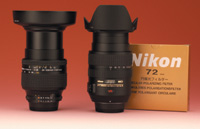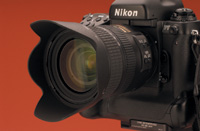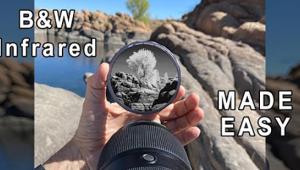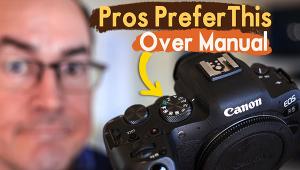Nikon's AF-S VR Zoom-Nikkor 24-120mm f/3.5-5.6G ED-IF Lens
An Upgrade On The Ultimate Travel Lens
For Nikon, 1996 was an exciting
year. That was the introduction date of the F5 camera that revolutionized
the way handheld cameras would be used. It was also the year that true
Silent Wave Technology was brought on-line in the form of the 300, 500,
and 600mm lenses. Incorporating "traveling waves" to focus
the lens, this ground-breaking design allowed faster focus for those
willing to pay the price and upgrade into this brand-new series of optical
products. The Upgraded Version |
||||
So what did Nikon do to enhance this "new" lens? First of all, they redesigned and improved the handling qualities of the lens itself. Gone is the mushroom look of the older model; this new product is very svelte in appearance while maintaining the same outer dimension from front to rear. Up front is the zoom ring, which has also been redesigned so it now turns from the lower end (24mm) to the higher end (120mm) in a clockwise direction, standard on all of the newer Nikon lenses in the line. The lens is a little longer than its predecessor (only about a 1/2"). New Tech |
||||
The lens barrel and related
parts are done in the usual high standards we are used to from Nikon including
a beautiful, smooth as silk outside finish. Both the focusing and zoom
rings are ribbed for non-slip operation regardless of the weather with
all markings from the focal length to distance scales impressed with easy
to read numbers. Being a zoom there are no markings on the lens barrel
for depth of field, but when it gets that critical, a push inward on the
preview button on the camera body itself should give you all of the information
you desire. |
||||
Internal Changes Silent Wave |
||||
Vibration Reduction |
||||
Some Differences In
VR Film And Digital Camera
Application |
||||
For more information, contact Nikon Inc. (631) 547-8588 or www.nikonusa.com. Technical Specifications |
- Log in or register to post comments










































